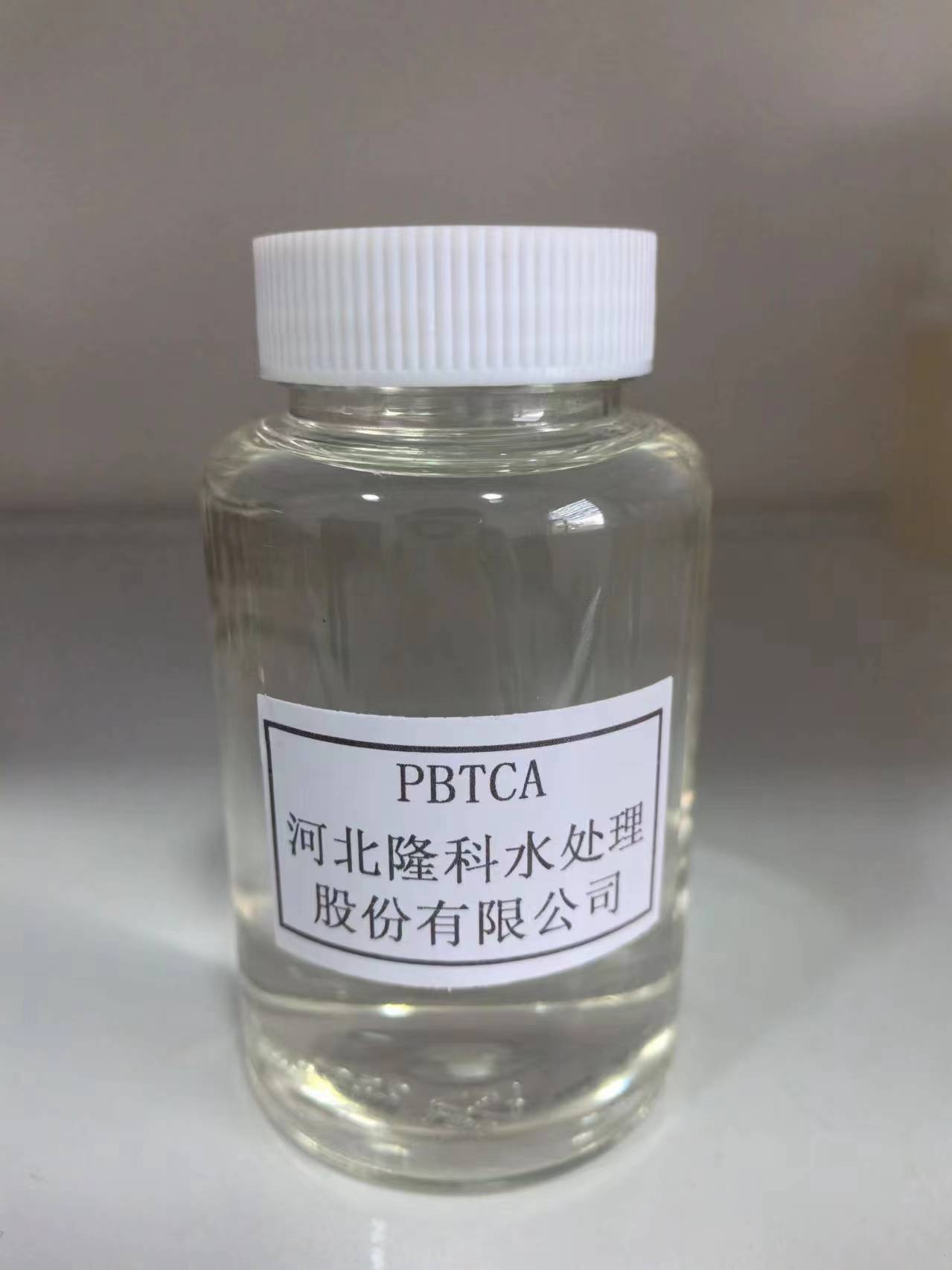Understanding the Uses and Benefits of Octyl Isothiazolinone in Industrial Applications
Understanding Octyl Isothiazolinone Uses, Benefits, and Safety
Octyl isothiazolinone, often referred to as OIT, is a chemical compound that belongs to the isothiazolinone family, which is widely recognized for its effective biocidal properties. This compound is typically used as a preservative in various industrial and consumer products to prevent the growth of harmful microorganisms such as bacteria, fungi, and algae. Its application spans across paints, coatings, adhesives, and personal care products, making it a versatile additive in many formulations.
Chemical Properties and Functionality
Octyl isothiazolinone is a colorless to pale yellow liquid with a distinctive odor. It acts as a potent antimicrobial agent, particularly effective against a broad spectrum of microorganisms. Its mechanism of action primarily involves disrupting the cell membranes of microorganisms, leading to their eventual death. This characteristic not only preserves the integrity of products but also enhances their longevity, reducing waste and improving sustainability.
In industrial applications, OIT is commonly found in antifouling paints, wood preservatives, and industrial fluid formulations. In the personal care industry, it is used in products such as shampoos, conditioners, lotions, and other cosmetic formulations. Its ability to extend shelf life while maintaining product quality is invaluable in a market that values both efficacy and safety.
Health and Environmental Considerations
octyl isothiazolinone

Despite its many benefits, the use of octyl isothiazolinone is not without controversy. Concerns have been raised regarding its potential to cause skin sensitization and allergic reactions in sensitive individuals. In response to these concerns, regulatory bodies in various countries have implemented guidelines to assess and manage the risks associated with its use. As of recent years, its concentration limits in cosmetic products have been established to ensure consumer safety.
Moreover, environmental considerations are increasingly influencing the evaluation of chemical preservatives. While OIT is effective in controlling microbial growth, there is ongoing research into its environmental impact, particularly regarding its persistence in aquatic systems and potential effects on non-target organisms. Manufacturers are encouraged to balance efficacy with safety, leading to a push for greener chemistry and the exploration of alternative preservatives.
Future Perspectives and Regulatory Landscape
Moving forward, the future of octyl isothiazolinone in consumer products will likely depend on continued research into its safety profile and environmental effects. The trend toward sustainability and the demand for natural ingredients may encourage manufacturers to explore alternatives that offer similar functionality without potential risks. Regulatory agencies are continuously updating their guidelines to reflect new research findings, which can significantly impact the commercialization of products containing OIT.
In conclusion, octyl isothiazolinone is a powerful biocide that plays a critical role in extending the shelf life and preserving the safety of various products across multiple industries. While its effectiveness is well-documented, the ongoing dialogue around its safety and environmental impact underscores the need for careful consideration in its use. As consumer preferences shift toward more sustainable and safer products, the chemical industry will have the opportunity to innovate and adapt, ensuring that products not only meet efficacy standards but also align with the values of health and environmental stewardship. Balancing these factors will be key to the ongoing use of octyl isothiazolinone and similar compounds in the future.
-
Pbtc Scale InhibitorPBTC: A Scale Protector for Industrial Water TreatmentNewsAug.05,2025
-
Organic Phosphonate: An Efficient Defender in the Field of Scale InhibitionNewsAug.05,2025
-
Hydrolyzed Polymaleic Anhydride: Green Pioneer in Scale Inhibition FieldNewsAug.05,2025
-
PAPEMP Polyamino Polyether Methylene Phosphonic Acid For SaleNewsAug.05,2025
-
Flocculant Water Treatment: A Pioneer in Purification in the Field of Water TreatmentNewsAug.05,2025
-
Benzyl Isothiazolinone: An Efficient and Broad-Spectrum Antibacterial Protective GuardNewsAug.05,2025





